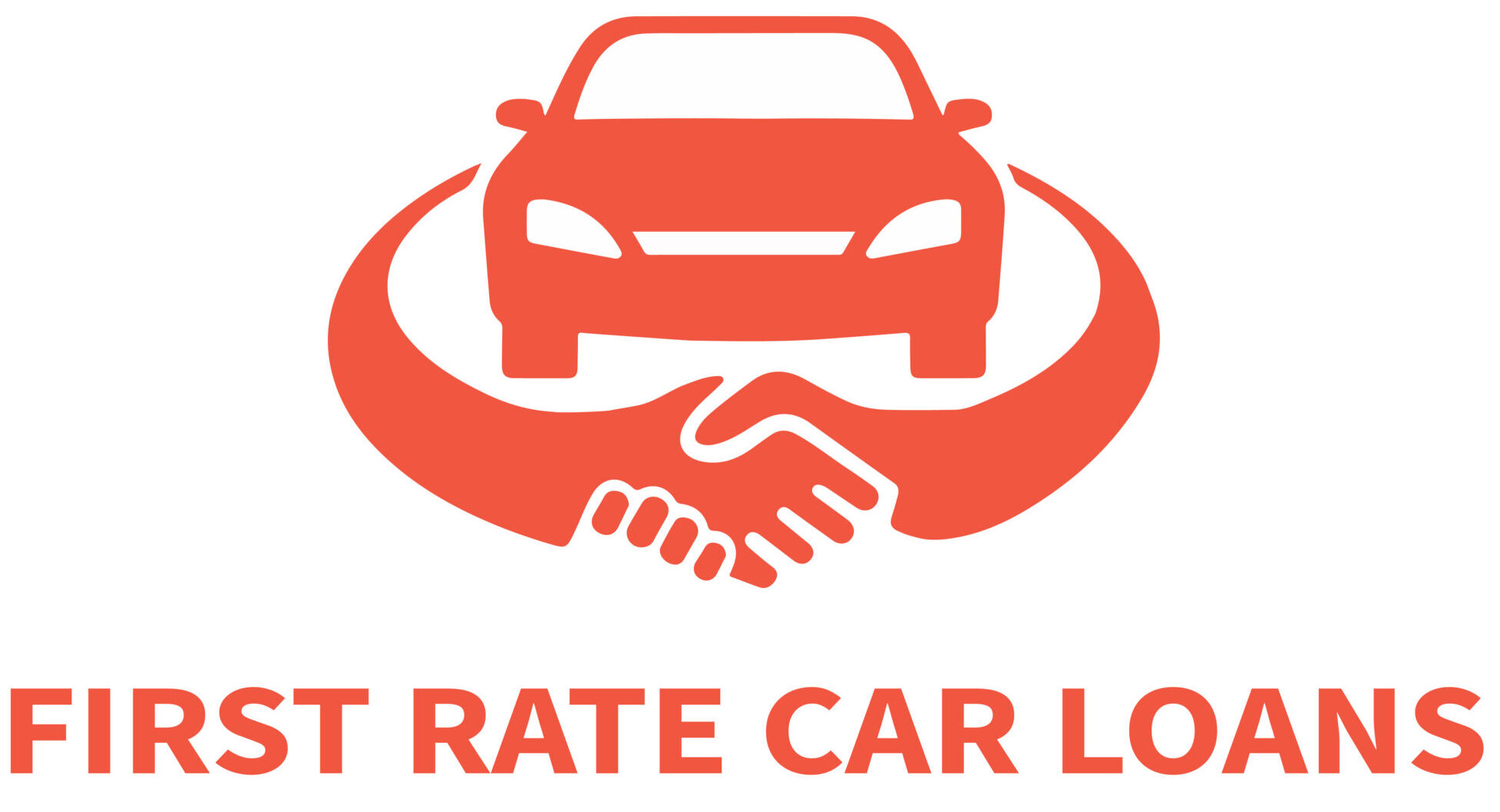Over the past ten years, venture capital investment has grown by 17% annually, reaching $254 billion. What are the factors that have triggered this increase, and what does it mean for the future of the industry?
The 2019 numbers are yet to come to light, but preliminary figures show that the pace of 2018 has slowed to a certain extent. The Crunchbase data indicates first-quarter deals worth $75 billion, which is a rise of 6 percent YoY. This decrease is primarily due to a waning interest in Chinese investments. The third and second quarters have historically been the most popular investment periods, and as the year progresses, an enlightened picture of the current situation will emerge.
Although the VC industry appears healthy, a new trend of smaller companies being funded and more significant round sizes has been observed. This report provides the reader with a complete analysis of the VC market in 2019, the macro headwinds that have shaped the current state, and the threats and opportunities on the horizon. As 2019 is ending the recent run of the set of boxes in VC’s history, The period between Facebook’s 2011 IPO and Uber’s debut in 2019 is fascinating to reflect on.
State of Startup Investment: A Contrast of More Fundraising, but Fewer Deals
In 2008, the global annual VC investment was $ 53 billion, which signifies that there’s been a CAGR of 17% for funding over the last decade. The origins of this long cycle will require a separate piece, but the catalysts include:
$12.3 trillion of quantitative ease since the 2009 Economic Crisis has suppressed fixed-income yields, resulting in an increase in equity investment and the first trillion-dollar market capitalization companies.
The web 2.0 ” software is eating the world” technology revolution. The technology revolution is creating investment opportunities due to advancements in collaborative technologies, massive mobile internet usage, and reduced Capex costs through cloud computing.
A rising government preferring to keep things privately held has led to more private rounds and more prominent investors choosing personal market options over public markets.
The first macro point to consider about the current situation of venture capital investment is that the volume of deals has decreased from a peak of 20,000 in 2015. Before that, the amount of capital invested and deal volume were believed to be closely related, but they have since shifted. The graph below illustrates this change vividly.
Global Venture Capital Financing by Stage: 2010 – 2018
What has occurred is an unprecedented increase of VC money for funding yet an overall decrease in investment volume. The following section will provide the reasons for this.
There Are Less Fundable Startups out There
Americans started more companies in the year 1980 than they did in 2013. In the same time frame, the proportion of startups (less than a year old) in the market declined by 44 percent. For startups, Crunchbase data for the recent decade indicates that the peak in startup growth occurred in 2015. Since then, the numbers have been reduced by half. If startups’ quality remains at the same level, it could result in fewer startups to start investors interested in investing.
Global and Geographic Startup Creation by Year
Modern tools like DIY editors for websites and cloud sfree, along with social andboxes, make it appear icredibly easy to establish a company. However, this could be the time to pull out for many who are in danger of committing a large amount of money. The Atlantic reported that in a poll of 1,200 millennials conducted by The Economic Innovation Group, more than half believed they could build the best career if they stayed at a single company and climbed up the ladder instead of establishing their own. These statistics suggest that with the current trend of increased media coverage and fetching of entrepreneurs, there are more companies out there, but this is still an iceberg’s edge that could blur the perception of all.
The “institutionalization” of entrepreneurship is an interesting behavioral trend through more pattern-matching used to judge a startup’s potential for success. This could have led to the reduction of VC funding due to the interest of investors being confined to specific areas, for example:
Second-time founders get the prize: Stanford University research declares that “the number of prior firms going public [per founder] increases the next firm’s revenues by an average of 115% each.”
HTML0 is the “Ivy League” fast track. Through a relationship with renowned accelerators or investors, Prestige could help startups’ prospects. For instance, Y Combinator accelerated startups are three times more likely to become unicorns.
Profiling of the founder: gender, geographical, ethnic, and alma mater biases in investment hinder the VCs, as they give them a smaller pool of startups to choose from.
FALSE POSITIVE MACROECONOMIC DATA
Macroeconomy statistics can obscure certain facts due to their overt generalization of specific elements. Employment and business growth are two of these figures widely used as proxies for creating ventures. The number of new business applications was reported to be at a ” record high” in the USA in 2018. Still, an in-depth investigation of the term’s meaning reveals lower quality: New companies that exhibit “significant” signs of becoming continuous, wage-paying enterprises have decreased since 2005.
One of the reasons is the growing popularity of those moving to gig economies, which increases the demand for small, one-person limited business structures.
Investment Standards Have Risen and Become More Concentrated
The decrease in seed investments has resulted in fewer companies – as an overall percentage–making it into the series A round. However, the companies seeking funds for venture capital can raise more funds through larger round sizes.
One of the obstacles to this narrower funnel is higher performance standards being demanded by investors. In 2010, about 15 percent of US Series A invested startups had revenue, which has increased to nearly 70 percent. This, coincided with survival rates for seed to Series A decreasing by half to a lower than 4%.
Inflation from non-VCs participating more in Venture Capital deals
Venture capitalists aren’t the only ones who invest in startups. After the dot-com bubble burst in 2001, one-third of corporations investing in the sector immediately left. Since then, their quarterly investment has increased from $848 million in Q3 2001 and reached a peak of fifty billion in the second quarter of 2018. In addition to corporates, there’s also an interest in investment from other “outsiders” such as sovereign wealth hedge funds, funds, and endowments. Seventy-twoAs an example, percent of sovereign wealth funds have now opted to invest directly in VC transactions. Commitments increase by a third each year.
Corporations are the largest outside investors, and they are now involved in 15 to 20 percent of venture deals, which is a 50% increase from just five years prior. This is due to the Japanese conglomerate Softbank, which has invested over 70 billion dollars in startups since 2016 via its Vision Fund vehicle.




